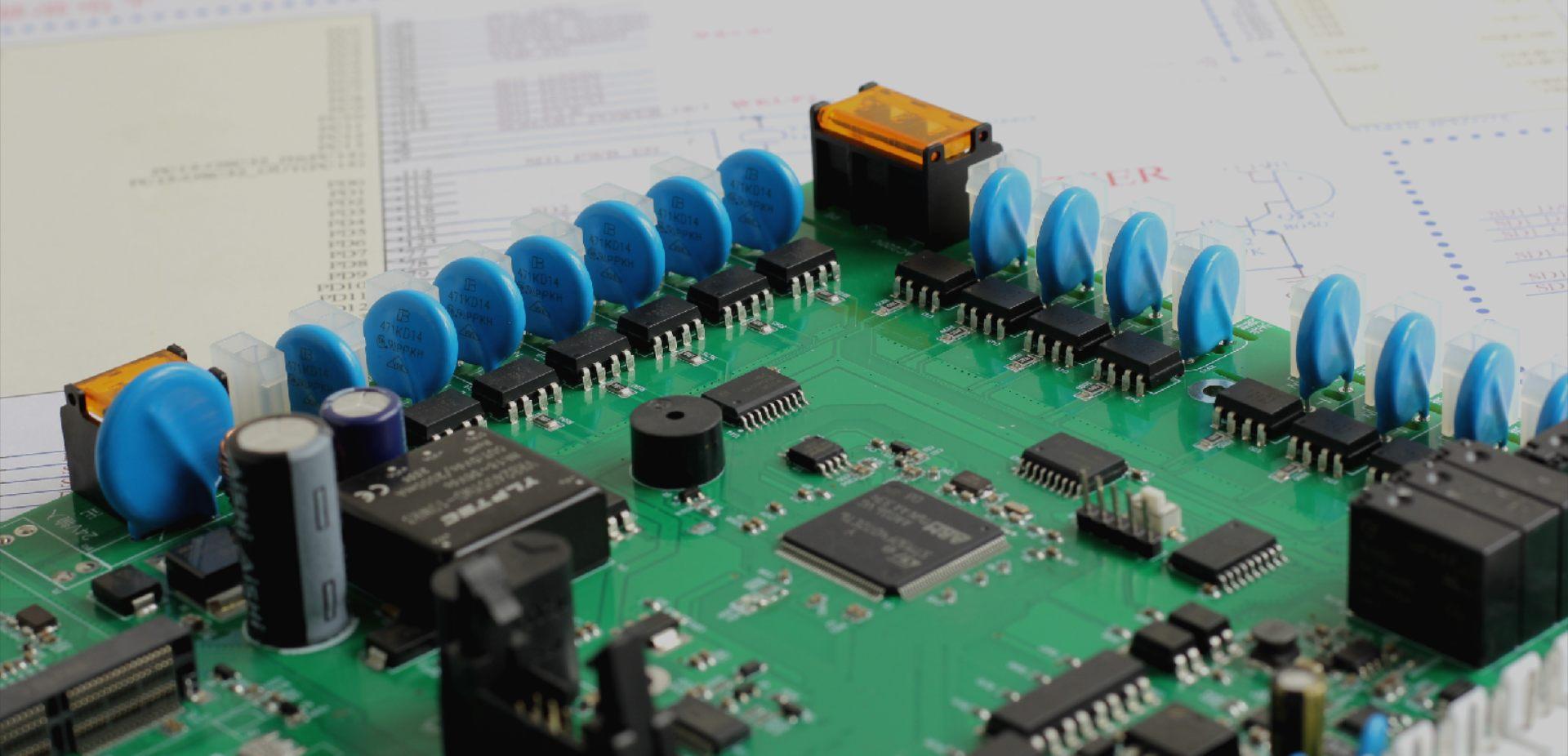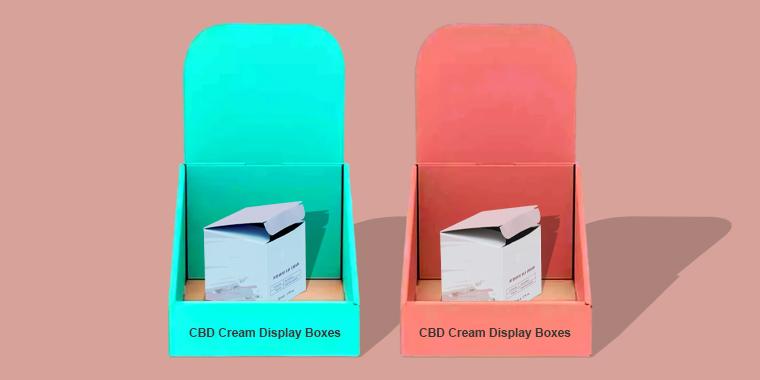Medical device research and development (R&D) is a crucial engine driving advancements in healthcare. However, this journey is far from smooth, as it is laden with numerous challenges that require innovative solutions. Understanding these obstacles and the strategies to surmount them is essential for the continued evolution of medical devices that save and improve lives.
One of the most significant challenges in
medical device R&D is the complex and ever - changing regulatory landscape. Different regions, such as the United States, Europe, and Asia, have their own sets of regulations and standards that govern the development, testing, and approval of medical devices. For example, the Food and Drug Administration (FDA) in the U.S. has strict requirements regarding clinical trials, pre - market submissions, and post - market surveillance. Navigating these regulations demands significant time, resources, and expertise. A single misstep in regulatory compliance can lead to costly delays or even the rejection of a device. To overcome this challenge, companies need to invest in building a strong regulatory affairs team. This team should have in - depth knowledge of global regulations, stay updated on regulatory changes, and establish early communication with regulatory authorities. By involving regulatory experts from the early stages of R&D, companies can design devices that are more likely to meet regulatory requirements, streamlining the approval process.
Another major hurdle is the high cost associated with medical device R&D. Developing a new medical device often requires substantial investments in research, prototyping, clinical trials, and regulatory submissions. According to industry estimates, the average cost of bringing a new medical device to market can range from millions to billions of dollars. These costs are not only a financial burden but also pose a risk to the viability of R&D projects. To address this, companies can explore various funding sources. This includes seeking venture capital investments, applying for government grants and subsidies, and entering into strategic partnerships. For instance, collaborations with academic institutions can provide access to research funding and intellectual property, while partnerships with larger medical device companies can share the financial risks and resources. Additionally, companies can adopt cost - effective development strategies, such as using simulation and modeling techniques to reduce the need for extensive physical prototyping and testing.
The need for highly specialized talent is also a significant challenge in medical device R&D. The field requires professionals with diverse expertise, including engineers, scientists, clinicians, and regulatory experts. Finding and retaining individuals with the right combination of skills and experience can be difficult, especially in a competitive job market. To attract top talent, companies can offer competitive compensation packages, professional development opportunities, and a stimulating work environment. They can also collaborate with educational institutions to develop tailored training programs that produce graduates with the specific skills needed in medical device R&D. For example, partnerships with engineering schools can lead to the creation of specialized curricula focused on medical device design and development.
Ensuring the safety and effectiveness of medical devices is a non - negotiable aspect of R&D, but it comes with its own set of challenges. Clinical trials, which are essential for validating a device's performance, can be time - consuming, expensive, and difficult to conduct. Recruiting an adequate number of patients, especially for rare disease indications, can be a major obstacle. Moreover, ensuring the reliability of the data collected during trials requires meticulous planning and execution. To overcome these issues, companies can leverage real - world evidence and patient registries to supplement clinical trial data. They can also use innovative trial designs, such as adaptive trials, which allow for adjustments during the trial based on emerging data. Additionally, building strong relationships with healthcare providers and patient advocacy groups can help in patient recruitment and engagement.
Finally, the rapid pace of technological change presents both opportunities and challenges in medical device R&D. New technologies, such as artificial intelligence, the Internet of Things, and 3D printing, are constantly emerging and have the potential to revolutionize the field. However, keeping up with these advancements and integrating them into R&D processes can be daunting. Companies need to foster a culture of innovation and continuous learning within their organizations. This can involve setting up dedicated research teams to explore emerging technologies, participating in industry conferences and workshops, and collaborating with technology startups. By staying at the forefront of technological trends, companies can develop more advanced and competitive medical devices.
In conclusion, while medical device R&D is faced with a variety of challenges, there are numerous strategies that can be employed to overcome them and drive innovation. By effectively navigating the regulatory landscape, managing costs, attracting talent, ensuring safety and effectiveness, and embracing technological change, companies can develop medical devices that meet the evolving needs of patients and healthcare providers. The future of medical device R&D lies in the ability of organizations to adapt, innovate, and persevere in the face of these challenges.








